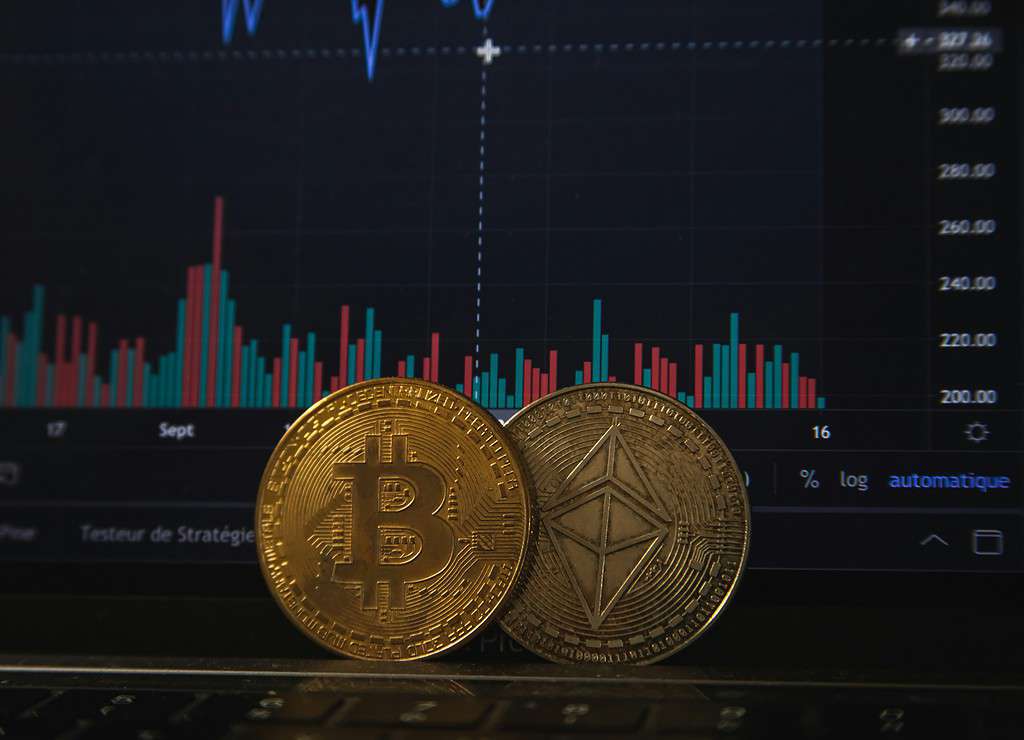
In the past few years, cryptocurrency has emerged as an attractive asset class. Crypto has attracted attention from investors and researchers alike — but while the latter is looking at technology and environmental impacts, the former is interested in how to make more money.
Cryptos are, in general, pretty risky. But some are riskier than others. In fact, some cryptocurrencies are enormously risky. You’d expect that in exchange for that risk, some of them would also make investors a lot of money. But as a new study shows, high-risk cryptos generally perform worse than the low-risk ones.
No good reason to go play risky crypto
The study, carried out by researchers from the University of Sydney, looked at over 16,000 cryptocurrencies between 2015 and 2022. They were able to derive a comprehensive history of the valuation of over 4,000 of them.
They adopted a novel approach by not only examining systematic risks (risks common to the entire market) but also idiosyncratic risks (risks unique to individual cryptocurrencies).
In finance, risks are often classified as ‘jump’ and ‘diffusive.’ Jump risks refer to sudden, significant changes in asset prices, while diffusive risks involve gradual price movements over time. In many assets, these jump and diffusive risks can be important predictors of expected returns. But contrary to what is observed in equity markets, neither jump nor diffusive risks in cryptocurrencies positively predict future returns.
Overall, cryptocurrencies with the most idiosyncratic risks yielded average returns of -9.36% — whereas cryptos with the least idiosyncratic risks yielded 80.6%.
“This phenomenon has been widely observed across different sectors and global equity markets,” lead researcher Dr. Simon Kwok said.
“There are several explanations for the low-volatility anomaly,” Dr Kwok said. “These include limits on leverage and shorting constraints, investors’ preference for lottery-type payoffs, and investors’ behavioral biases – they are often overconfident about their prospects of ‘winning’.
Important lessons for investors
Cryptos are definitely becoming more prevalent in today’s society, due to a combination of technological advancements, shifting financial landscapes, and a growing emphasis on digitalization. The core technology behind cryptocurrencies, blockchain, offers a decentralized and secure way of conducting transactions, which appeals to those seeking alternatives to traditional banking systems. Whether you’re looking to invest your life’s savings in Bitcoin or simply make a USDT payment for a purchase, we’d all be wise to pay a bit of attention to cryptos. The rise of digital economies, coupled with the increasing acceptance of cryptocurrencies as a legitimate form of payment by businesses and governments, will likely exacerbate this trend.
So what does this study mean?
For everyday investors, this study underlines the importance of a nuanced understanding of risk in cryptocurrency investments, beyond the traditional frameworks used in stock markets. It shows that cryptos are atypical assets that contradict many of the traditional lines of thought. The high-risk/high-reward approach simply doesn’t hold water in the real world, as far as it applies to cryptocurrency. The first conclusion for lay investors is simple: “Do your research; don’t buy into the hype,” says Kwok.
This issue may not be inherent to cryptos, however. It could simply be because the market is not mature enough yet.
“Our study was only substantiated by about eight years of trading history, whereas stock markets have evolved into a mature state for decades. We continue to be curious about the evolution of cryptocurrency markets and look forward to observing investors’ behaviors across market cycles,” Kwok mentions.
For instance, some possible issues with trading cryptocurrencies are that not many brokers offer a wide range of them for trading; there’s a lack of rules and protection when it comes to holding these unregulated assets; and there’s often a big gap between the prices people are willing to buy and sell them for, which is known as wide bid-ask spreads.
If the market is to mature and become more like the conventional stock market, it will take years for this to happen. In the meantime, it pays to do your own research and pay attention when dealing with cryptos.









